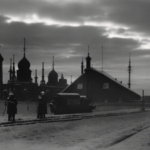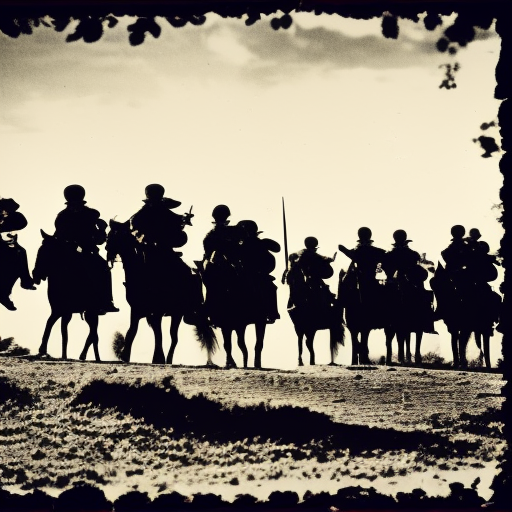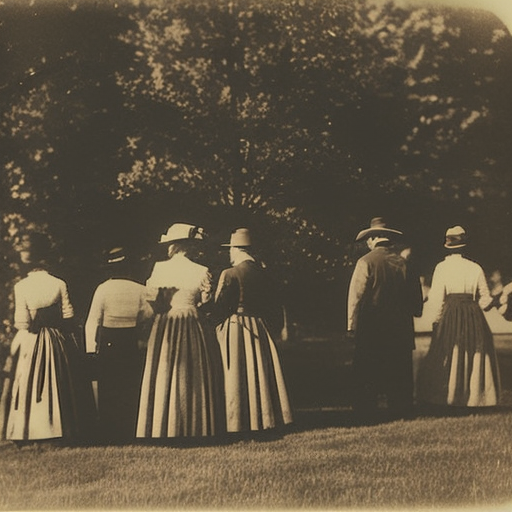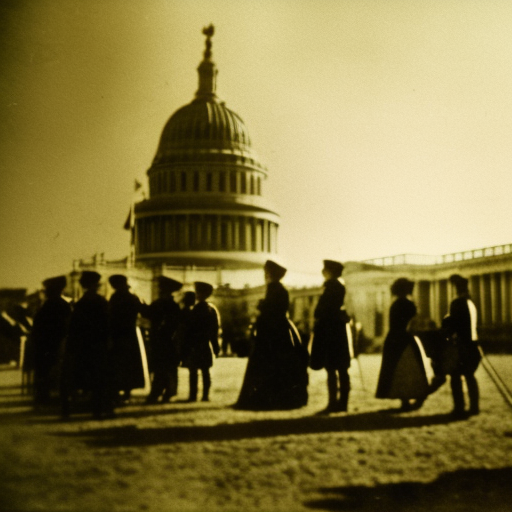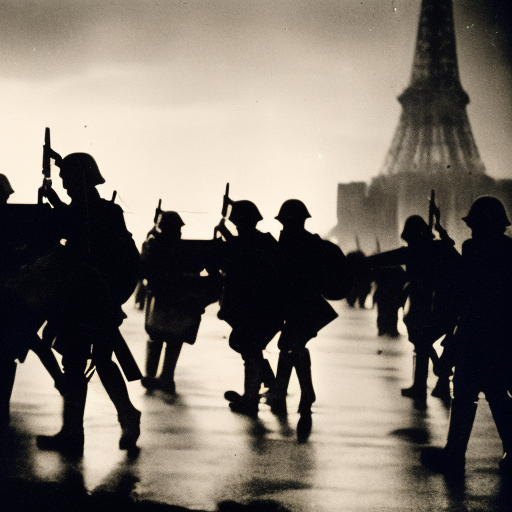The Seven Years’ War was a global conflict fought between major European powers, resulting in territorial shifts and setting the stage for future conflicts.
The Treaty of Utrecht (1713) Explained
The Treaty of Utrecht (1713) was a series of peace agreements that ended the War of the Spanish Succession and reshaped the balance of power in Europe.
The Molotov-Ribbentrop Pact (1939) Explained
The Molotov-Ribbentrop Pact was a non-aggression treaty between Nazi Germany and the Soviet Union that allowed both countries to divide Eastern Europe and set the stage for World War II.
The Treaty of Westphalia (1648) Explained
The Treaty of Westphalia (1648) marked the end of the Thirty Years’ War and established the principles of modern state sovereignty and religious tolerance.
The Missouri Compromise (1820) Explained
The Missouri Compromise was a legislative agreement that temporarily resolved the issue of slavery expansion in the United States by admitting Missouri as a slave state and Maine as a free state.
The Congress of Vienna (1814-1815) Explained
The Congress of Vienna was a diplomatic conference that aimed to restore stability and redraw the map of Europe after the Napoleonic Wars.
A Wizard of Earthsea Summary
A young wizard must confront his inner demons and face the consequences of his actions in a quest to restore balance to the world of Earthsea.
War of the First Coalition Explained
The War of the First Coalition was a series of conflicts fought between revolutionary France and various European powers from 1792 to 1797.

